* Bottle label may be different than above.Product Details:
Critic Scores & User Ratings are based on an aggregated international Global Wine Score (GWS).
Campo Viejo Cava Rose - Item Code: 05649
Discover Campo Viejo Cava Rose:
Campo Viejo Cava Rose is a sparkling wine from Spain that is sure to delight. This light and refreshing sparkling wine is made from a blend of Garnacha and Monastrell grapes, giving it a unique flavor profile. The nose is full of aromas of ripe strawberries, raspberries, and cherries, with a hint of citrus. On the palate, the wine is light and crisp, with a pleasant acidity and a hint of sweetness. The finish is long and smooth, with a lingering hint of fruit. Campo Viejo Cava Rose is perfect for any occasion, from a casual gathering to a special celebration. Enjoy it chilled and savor the unique flavor of this Spanish sparkling wine.
Producer Notes: Campo
Campo is a drinks producer that is based in the heart of the Italian region of Tuscany. The company was founded in 1899 and has been producing high-quality beverages ever since. Campo is known for its commitment to using only the finest ingredients and traditional production methods to create its products.
One of the most famous drinks produced by Campo is its Limoncello. This is a traditional Italian liqueur that is made from the zest of lemons, alcohol, water, and sugar. Campo’s Limoncello is made using lemons that are grown in the Amalfi Coast, which is known for producing some of the best lemons in the world. The result is a sweet and tangy liqueur that is perfect for sipping after a meal.
Another popular drink produced by Campo is its Grappa. This is a traditional Italian spirit that is made from the pomace (the leftover grape skins, seeds, and stems) that is left over after the wine-making process. Campo’s Grappa is made using only the finest grapes from the Tuscan region, and is aged in oak barrels to give it a smooth and complex flavor.
In addition to Limoncello and Grappa, Campo also produces a range of other beverages, including Amaro, a bitter liqueur that is often used as a digestif; Vermouth, a fortified wine that is flavored with herbs and spices; and Gin, a distilled spirit that is flavored with juniper berries and other botanicals.
Overall, Campo is a drinks producer that is known for its commitment to quality and tradition. Its products are made using only the finest ingredients and traditional production methods, and are beloved by drinkers around the world. Whether you’re sipping on a glass of Limoncello or enjoying a Grappa after dinner, you can be sure that you’re experiencing the best that Italy has to offer.
View on Google MapsDirections to our store from Metro Botanical Garden, Bronx
From the Metro station, Head northwest on Bedford Park Blvd toward Webster Ave (282 ft).
Turn right onto Webster Ave (0.1 mi).
Turn left onto E Mosholu Pkwy S (1.0 mi).
Turn left toward Goulden Ave (0.1 mi).
Turn right onto Goulden Ave (259 ft).
Turn left onto Sedgwick Ave (0.3 mi).
Turn right onto Van Cortlandt Ave W (0.2 mi).
Slight left onto Bailey Ave (0.2 mi).
Turn right onto W 238th St (0.2 mi).
Turn left onto Broadway (364 ft).
You have arrived at our store:
Broadway Liquor & Wine Warehouse
5790 Broadway, Bronx, NY 10463, United States.
Latitude: 40.884048
Longtitude: -73.900887
We’re right next to some great landmark attractions in New York, NY like Fort Independance, The Blockhouse, the Kingsbridge Memorial Bell Tower & Van Cortlandt park and Yankee Stadium.
What is Cava?
Cava is a sparkling wine from Spain that has been granted Denominación de Origen (DO) designation. It can be either white (blanco) or red (rosé) (rosado). The Macabeo, Parellada, and Xarello grape varietals are the most popular and traditional grape varietals for making cava in Spain. Only wines made using the conventional method are permitted to be labeled as ""cava,"" whereas those created using other methods are only permitted to be labeled as ""sparkling wines"" (vinos espumosos). It is estimated that over 95 percent of all cava is made in the Penedès region of Catalonia, Spain, with the hamlet of Sant Sadurni d'Anoia being home to several of Catalonia's greatest production houses.:144–145 Codornu and Freixenet are the two largest producers in the country. There are many additional localities that manufacture cava in Aragon, Castile and León, Extremadura, La Rioja, the Basque Country, Navarre, and Valencia.
Since Champagne has been granted Protected Geographical Status (PGS) and Spain joined the EU in 1986, it is no longer legal to market Cava as "Spanish champagne". This is in accordance with European Union regulations. It is still referred to as champán or champaa in Spanish, or xampany in Catalan, when spoken informally. The term ""quality sparkling wine produced in a specified area"" (Vino Espumoso de Calidad Producido en una Región Determinada, VECPRD) is now defined by law as ""quality sparkling wine produced in a specified area.""
The word champán in Spanish should not be confused with achampado, which is a slang name for sparkling wines made using a manner other than the conventional manner. They are often less expensive and are offered by the bottle in achampado bars and restaurants, which are named by the wines they offer. Although this is not cava, it is a quite popular beverage in its own right.
It was in 1851 that the first bottle of Catalan sparkling wine was produced, and the foundations of the cava business may be traced back to Josep Raventós's travels across Europe in the 181860s, during which he was marketing the still wines of the Codornu Winery. His excursions to Champagne piqued his curiosity, and he became intrigued by the possibilities of a Spanish wine produced in the same traditional manner. In 1872, when the vineyards of Penedès had been ravaged by the phylloxera disease and the predominately red plants had been replaced by significant numbers of plants yielding white grapes, he made his first sparkler.
During the production of cava, Catalan cava producers were at the forefront of a significant technological development in sparkling wine production with the invention of the gyropallet, a large mechanized device that replaced hand riddling, the process by which the lees are condensed in the neck of the bottle prior to disgorgement and corking.
Get this product
Pickup available at 5790 Broadway, Bronx, NY 10463
Get this item delivered via FedEx. Where do we ship?
$9.99
Item Code: 05649
12 in stock

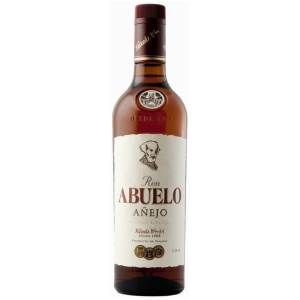
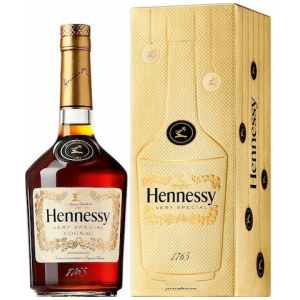
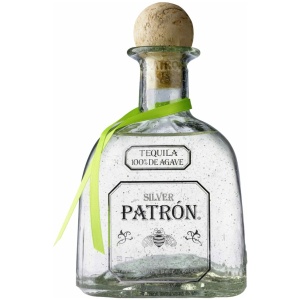
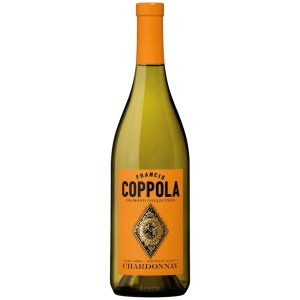
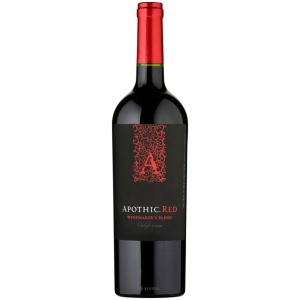
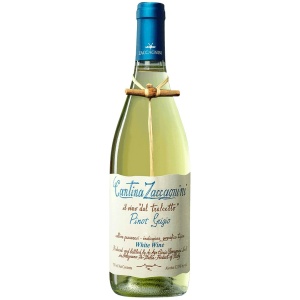
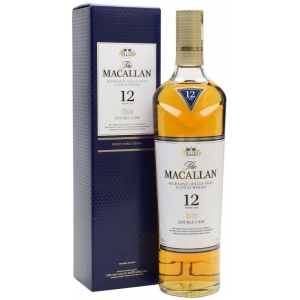
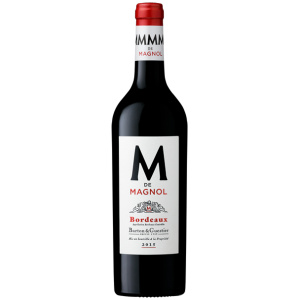
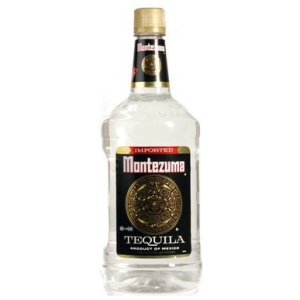
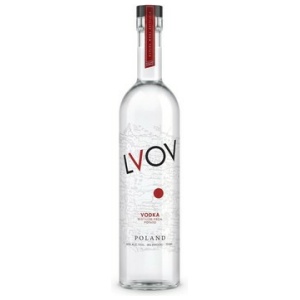
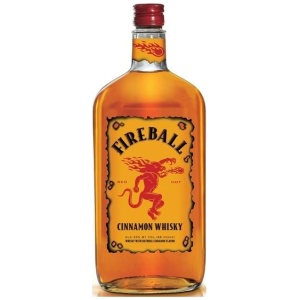
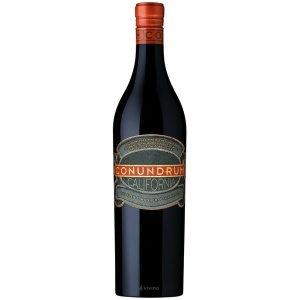
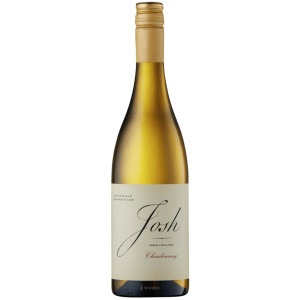
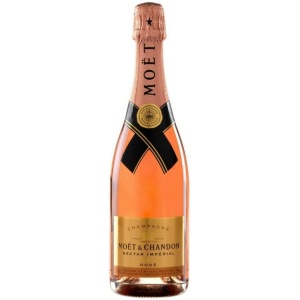
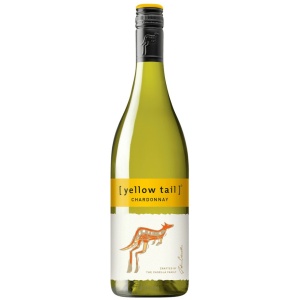
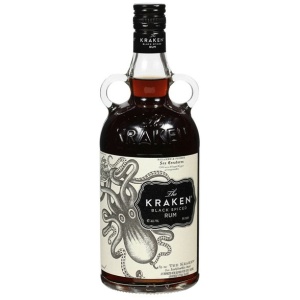
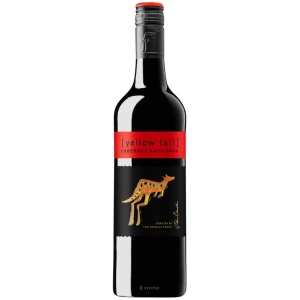
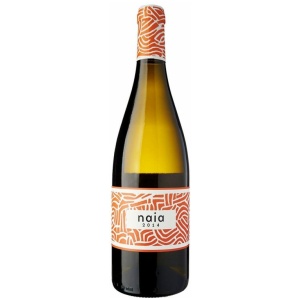
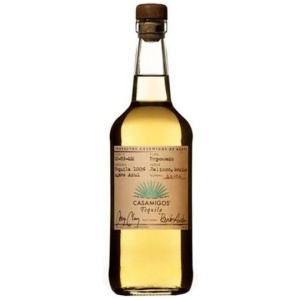
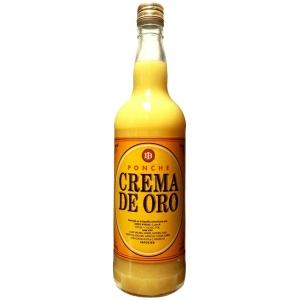
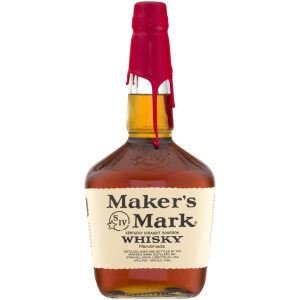
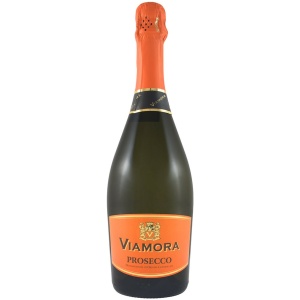
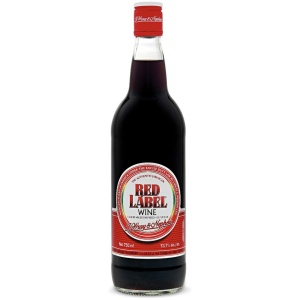
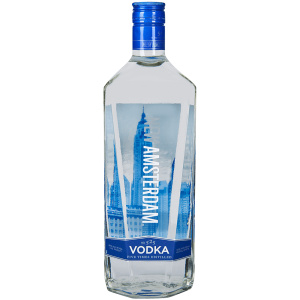
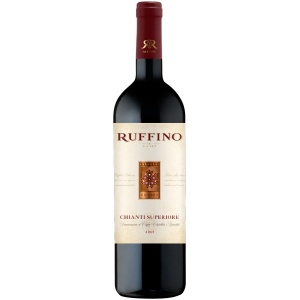
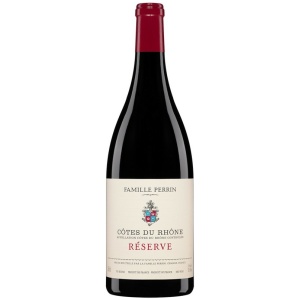
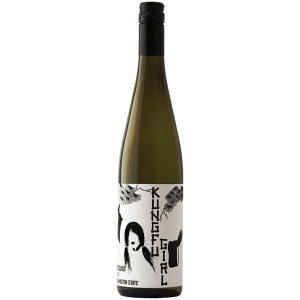
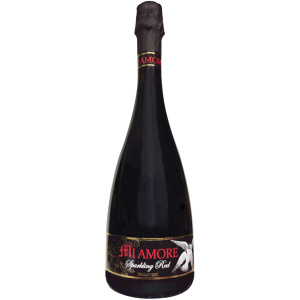
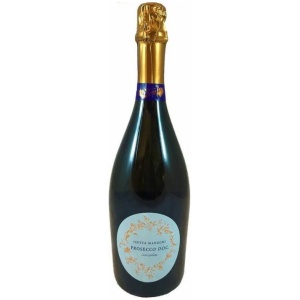
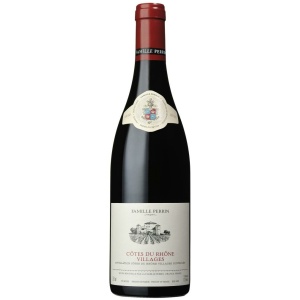
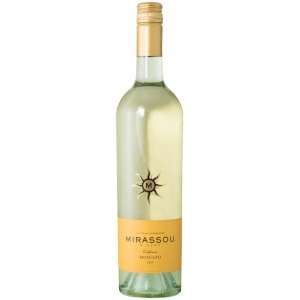
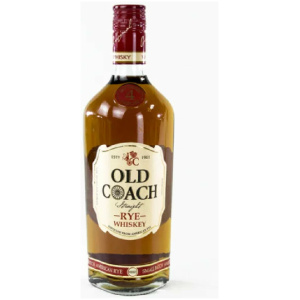
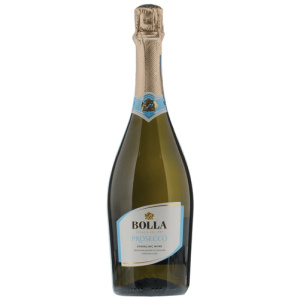
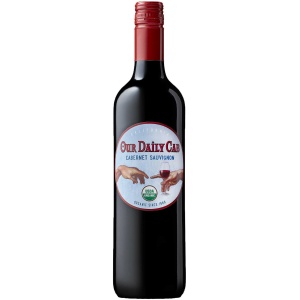
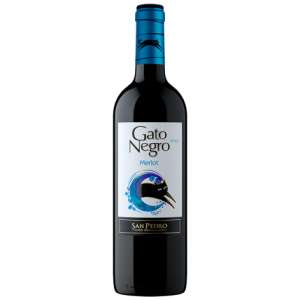
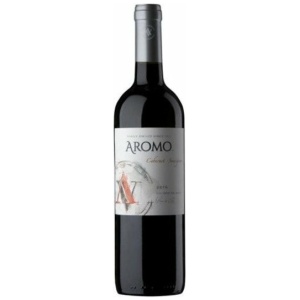






There are no reviews yet.